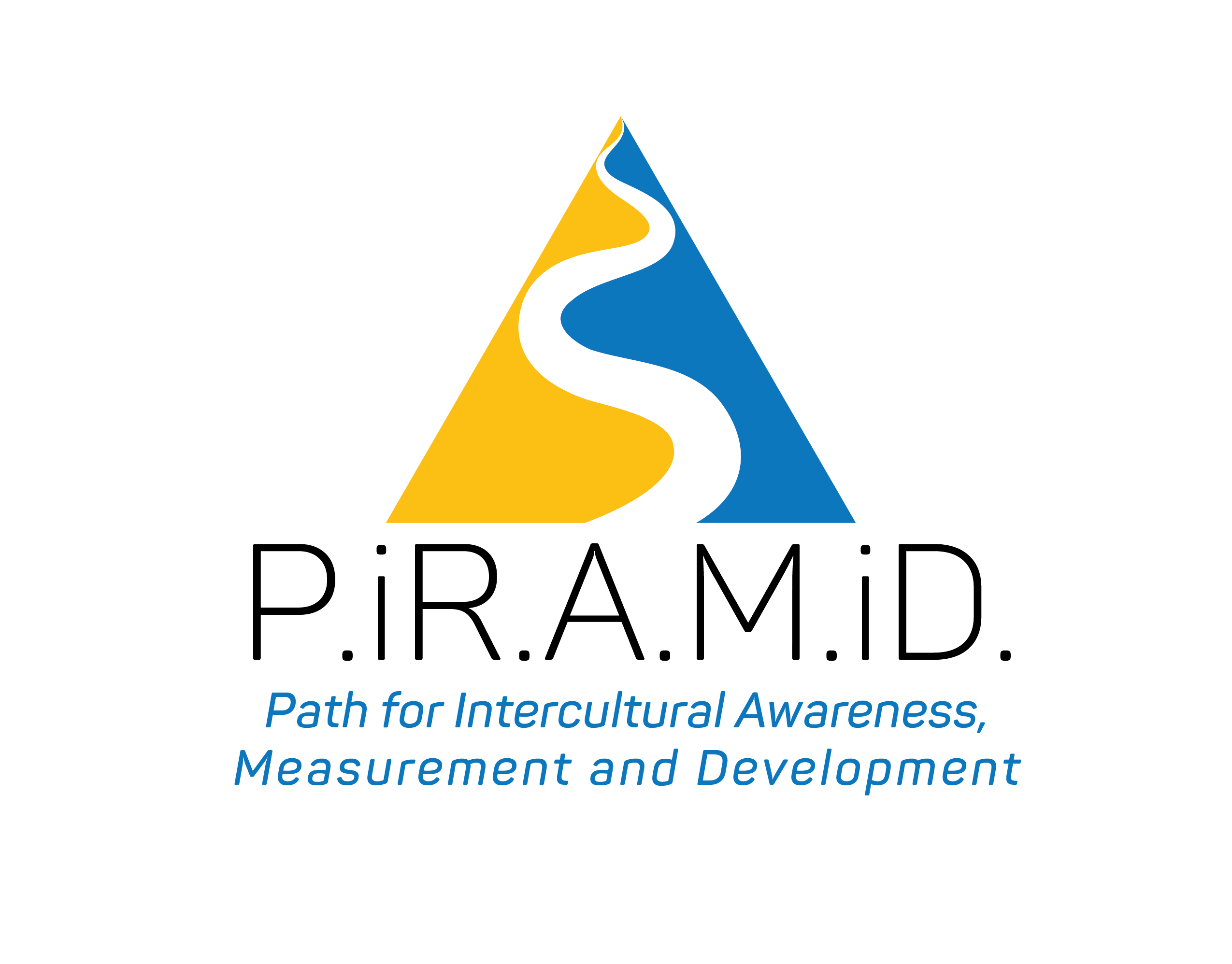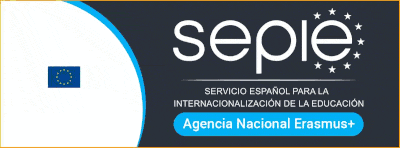This website use cookies to ensure you get the best experience on our website

P.IR.A.M.iD
2023-1-ES01-KA220-VET-000157060
How to Avoid Cultural Misunderstandings at Work?
03 July 2025

Introduction
In an increasingly globalized professional world, multicultural teams have become commonplace. While cultural diversity is a strength, it can also be a source of misunderstandings, tension, and even conflict. Richard D. Lewis's model, presented in his book When Cultures Collide, provides valuable insights for understanding and preventing these miscommunications. In this article, we will explore how to identify and avoid cultural misunderstandings in a professional context, using concrete tools and practical examples.
1. Recognize Different Communication Styles
According to Lewis, individuals communicate according to three main cultural profiles:
Linear-active: direct, structured, logical, focused on facts and planning. People in this category prefer organized conversations, rational decision-making, and clear goals. (e.g., Germany, Switzerland, USA)
Multi-active: expressive, emotional, focused on human relationships. This profile values personal contact, improvisation, and often mixes personal and professional life. (e.g., Spain, Brazil, Italy)
Reactive: attentive, indirect, respectful of consensus and hierarchy. Communication tends to be subtle, often non-verbal, with silence playing an essential role. (e.g., Japan, China, Finland)
Understanding these styles helps decode certain behaviors: a direct remark may seem aggressive to a reactive person, while silence or implicit refusals may be misunderstood by a linear-active person.
2. Adapt Without Losing Your Professional Identity
Adapting doesn’t mean renouncing your own cultural values but rather showing sensitivity, humility, and empathy. A good practice is to ask questions, clarify intentions, and avoid assumptions.
Example : in a meeting with Asian partners, it can be helpful to slow down the pace, allow for silence, and avoid publicly contradicting someone. Similarly, with a multi-active partner, don't be surprised if the conversation veers toward personal topics: it’s often a way to build trust.
3. Prepare for Intercultural Exchanges
Before a meeting or international project, it is useful to research the cultural norms of your counterparts. Lewis's model can serve as an analytical framework to anticipate potential friction points. This helps tailor your presentation, body language, tone, and how you phrase your ideas.
Practical Tip : organize intercultural awareness workshops within the company to develop cultural intelligence among teams. These trainings help deconstruct stereotypes and encourage a proactive attitude toward difference.
4. Cultivate Intercultural Leadership
Managers play a key role in preventing misunderstandings. They must mediate differences, highlight everyone's contributions, and ensure communication remains fluid and inclusive.
A good intercultural leader:
develops strong observation and active listening skills;
adapts their communication style to their audience;
fosters a work environment where everyone feels recognized and legitimate.
Conclusion
Cultural misunderstandings are not inevitable. By adopting a mindset of listening, adaptation, and curiosity, professionals can turn cultural differences into a lever for collaboration. Richard D. Lewis’s model offers a relevant framework to begin this work of intercultural decoding and build bridges between cultures instead of barriers.
Ultimately, organizations that successfully integrate this diversity into their managerial culture become more resilient, more creative, and better prepared to face the global challenges of the 21st century.

This project has been funded with support from the European Commission.
This publication reflects the views only of the authors, and the Commission cannot be held responsible for any use which may be made of the information contained therein.
